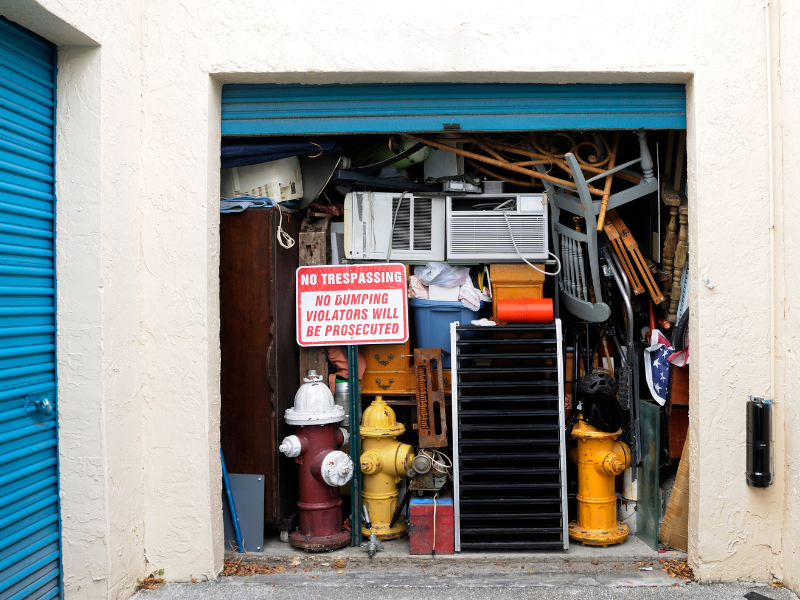Unveiling the Enigma: Why Do People Opt for Renting Storage Units?
In today’s fast-paced world, the necessity for additional storage space has become increasingly prevalent. From homeowners to entrepreneurs, individuals find themselves grappling with the challenge of accommodating their belongings or inventory effectively. This surge in demand has led to the proliferation of storage unit facilities across the globe. But what drives people to seek out these rental spaces? Let’s delve into the intricacies behind this phenomenon.
Convenience and Accessibility
One of the primary reasons individuals opt for renting storage units is the unparalleled convenience they offer. With storage facilities strategically located in various neighbourhoods and commercial areas, accessing your stored items becomes effortless. Whether you’re relocating, downsizing, or simply decluttering your living space, having a nearby storage unit provides a convenient solution to safely store your belongings without sacrificing accessibility.
Space Optimization
In today’s era of urbanization and limited living spaces, maximizing every square foot becomes imperative. Renting a storage unit allows individuals to optimize their living or working environment by temporarily relocating items that are not immediately needed. This not only creates a more organized and clutter-free space but also enhances productivity and efficiency in both personal and professional settings.
Seasonal Storage Needs
Another common scenario driving the demand for storage units is seasonal storage needs. Whether it’s storing seasonal clothing, holiday decorations, or outdoor equipment during the offseason, renting a storage unit offers a practical solution to keep these items safe and secure until they’re needed again. This seasonal rotation of belongings helps individuals maintain a streamlined living space without compromising on their possessions.
Home Renovation Projects
Home renovation projects often entail the need to temporarily relocate furniture, appliances, and other household items to facilitate the construction or remodeling process. Renting a storage unit provides homeowners with a convenient way to safeguard their belongings during renovations, protecting them from dust, debris, and potential damage. Additionally, having a designated storage space allows for easier access to tools and materials, streamlining the renovation workflow.
Business Inventory Management
For entrepreneurs and small business owners, storage units play a crucial role in inventory management. Whether it’s excess stock, seasonal merchandise, or archival documents, having a dedicated storage space frees up valuable workspace and ensures that inventory remains organized and accessible. Moreover, storage units offer businesses the flexibility to scale their storage needs according to fluctuations in demand, making them an indispensable asset for business operations.
Security and Peace of Mind
One of the foremost concerns when storing belongings outside the home or office is security. Modern storage facilities prioritize state-of-the-art security measures, including surveillance cameras, access control systems, and on-site personnel, to safeguard stored items against theft, vandalism, and unauthorized access. This enhanced security provides peace of mind to individuals and businesses alike, knowing that their belongings are protected around the clock.
Long-Term Travel or Deployment
Individuals embarking on long-term travel or military deployment often face the dilemma of what to do with their belongings in their absence. Renting a storage unit offers a secure solution to store possessions while away, eliminating the need to burden friends or family with the responsibility of safeguarding valuables. Whether it’s storing furniture, vehicles, or sentimental items, a storage unit provides a reliable option for long-term storage during extended absences.
Conclusion
In conclusion, the decision to rent a storage unit stems from a myriad of factors, including convenience, space optimization, seasonal storage needs, home renovations, business inventory management, security, and long-term travel or deployment. By understanding the diverse needs and motivations behind this choice, storage facilities can better cater to their customers’ requirements, providing them with tailored solutions to meet their storage challenges effectively.









